Perhaps you won’t have time to fit in a tour of one of the highlights of Vietnam, Hue’s Forbidden Palace, the mysterious and intricate palace grounds of the fallen Nguyen Empire. This UNESCO World Heritage Site is worth exploring, but not everyone will be able to make it to the site or to afford a guide. This article is meant to serve as a virtual tour of the awe-inspiring and evocative Forbidden Palace.
The Useful Statues of Hue’s Forbidden Palace

Dragon dog statue used for intra-palace communication
Because of the large size of the palace, people that then emperor needed to speak to on a moment’s notice, such as his queen or generals, could be anywhere. To summon them, there was an elaborate underground communication network consisting of metal lines protected by clay pipes. The physics of this network relied upon the same principals as the cup-on-a-string calls we might have played with was children. The emperor would yell the name of the desired receiver into the mouth of one of these dragon-dog statues and murmurs could be heard through the mouths of similar statues for up to a kilometer away. Every person of importance would enter the line, until he was connected to the person he needed. While the connection would not have been clear enough for a full conversation, this was an effective way of summoning who he needed.

Dragon dog statue in London-style telephone booth
This dragon-dog statue was placed under a red telegraph during the French colonization of Vietnam. The empire had captured a French soldier who had a sketchbook in which he made a colored sketch of a man in London placing a phone call. The empire’s artisans believed there may be acoustic benefit to the structure so they constructed a similar design. The emperor is said to have been so disappointed that the structure did not improve the acoustics that he executed the architect.
Enforcing Order in the Nguyen Empire

Large metal cauldron
This was a cauldron for boiling anyone committed of treason. It was placed in the courtyard to remind the empire’s subjects remain loyal to their emperor.

Fat-burning lantern
The fat of executed humans was the primary fuel for these lanterns hanging outside emperor’s sleeping quarters. When there were not enough humans to fuel the lanterns (a rare occasion), it was a cue to the emperor that he should initiate another conquest within 99 days. If on the 100th night, there was no human fat to burn, he would begin ordering the execution of his military. This was to inspire the military to continue conquering so the empire could extend forever outwards.
Life and Artifacts of the Royal Nguyen Family around Hue’s Forbidden Palace

The Queen’s Lounge
This rock structure near the queen’s lounging area is actually hollowed inside and the plants growing on it are edible. If the empire was ever seized, the emperor and queen could survive covertly under these rocks for days.

This was the emperor’s mailbox.

Chinese Relations with the Nguyen Family of Hue’s Forbidden Palace

Bonsai cultivation
Cultivating bonsai trees was a common hobby of the royal family borrowed from the Chinese. Unfortunately, they did not possess the skill or patience to cultivate bonsais well so on a royal expedition to China, they exchanged one of their artisans for a Chinese bonsai cultivator. Annoyed by how slowly the trees grew, they blamed it on the cultivator, deeming him defective and executing him. On the next expedition to China, they requested another bonsai cultivator, which they were given for a fee, but with the information that bonsais actually do just take a long time to grow.

Building acquired from the Chinese
This building was also procured from China. The emperor fancied this building on one of his expeditions and made a bet to a member of the Chinese royalty: Your building or my daughter to be your wife. The winner is whoever can spit the farthest. He won. The building was deconstructed, carried 800km on the backs of his subjects and reconstructed by a Chinese engineer he had also one in the bet.

Tree depicting a Chinese UFO
This tree was fashioned after objects floating in the sky that many people of the empire claimed to see somewhat frequently. They thought them to be the air vessels of spirits from the far western Chinese, who they regarded as being partially mixed with the equivalent of an alien. This belief about the Western Chinese is still held by many people in Vietnam today.
This bell was used to alert the palace that it was time

Buried pug to reincarnate into a dragon
The royal family kept pugs as pets with the belief that they were reincarnated from esoteric dragons. After the passing of a pug, they would bury them in these dragon-decorated pots and plant palms or bonsais in them.
I hope you have enjoyed this psuedo-tour of Hue’s Forbidden Palace. All of the facts here are for entertainment value only. If you would like to learn about the true facts of Hue’s Forbidden Palace, consider visiting orientalarchitecture.com. If you would like articles with true facts (of other locations), travel guides, art, and more, continue to browse through this blog. I found poking around the Forbidden Palace creating a psuedo-narrative more entertaining than trying to unravel the accurate history. Perhaps you might as well.
Hope you enjoyed!




1 comment